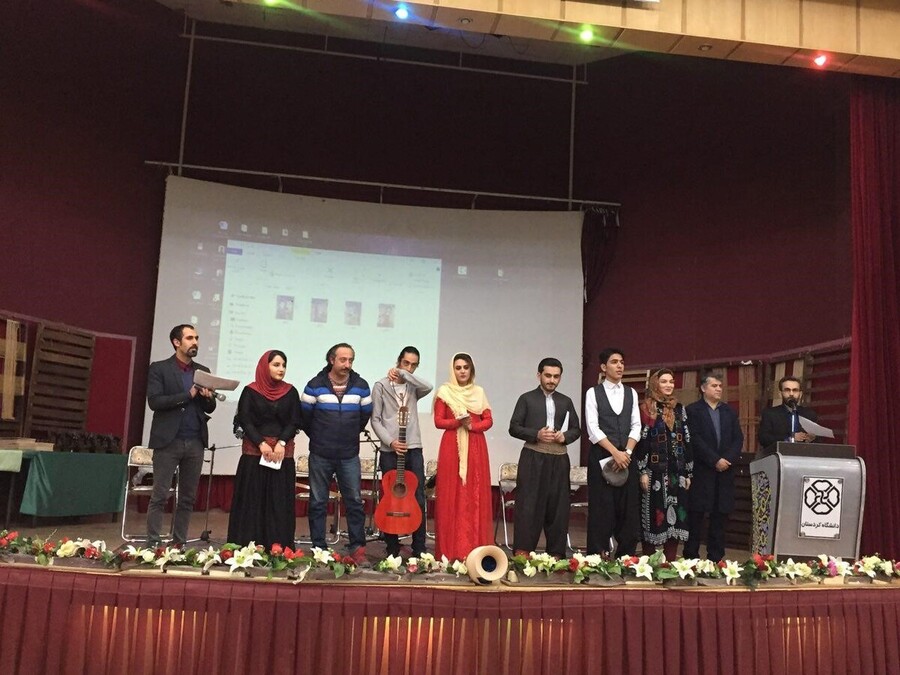We are going to discuss the history of Kurdish theater in Kurdistan and the Diaspora in several parts; The first part of this article is about the history of Kurdish theater in the Ottomans, and later, Kurdish theater in Armenia and Georgia, North part of Kurdistan and Turkey, South part of Kurdistan and Iraq, West part of Kurdistan and Syria, East part of Kurdistan and Iran, and finally, in diaspora is presented. This article is a translation of an article by Dr. Mary Rostami, which will be presented in several parts.
In Kurdistan, like most Middle Eastern countries, before the arrival and development of the European form of theater and playwriting, there were a number of activities of theater forms. The most important folk theater traditions unique to Kurdistan are those performed during Newroz, the early spring festival that marks the beginning of the Kurdish New Year. An important example of these offerings, which was part of the Kurdish Spring Festival, was “Mirmiran” or “Mirmiren”, a festival similar to the “Feast of Fools” in the Middle Ages, during which an artificial king was elected as ruler. In addition to Newroz ceremonies, Kurds have long had seasonal festivals, such as Kosa Galdi or Kosa Kosa, or rain ceremonies, such as Garwanaki and Buka Barana (Rostami 2019: 26-38). In terms of form, however, the closest to Western theater has been the dramatic storytelling styles that are a common tradition in most Middle Eastern countries. Narrative and storytelling have been one of the most important points of Kurdish oral literature. Romance and historical narratives have long been performed by Kurdish poets in places such as teahouses.
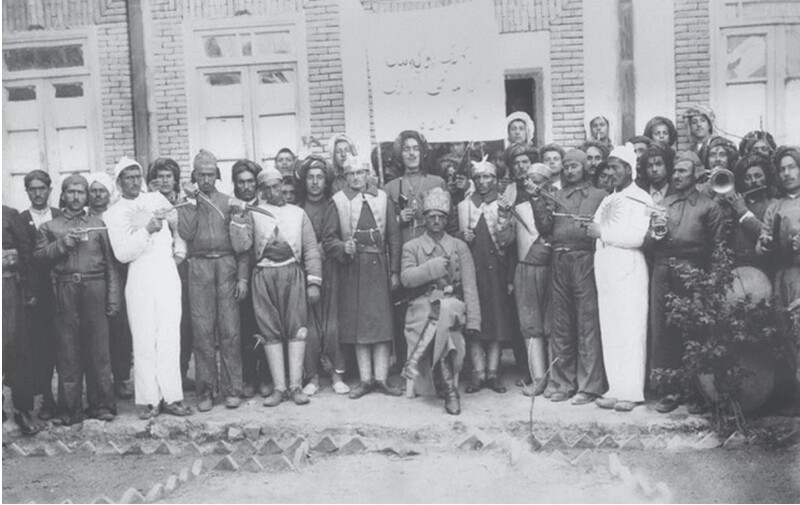
Mirmiren Ceremony in Mahabad, East Kurdistan, 1944. Source: Archive Ali Qazi, Kurdistan Photo Library
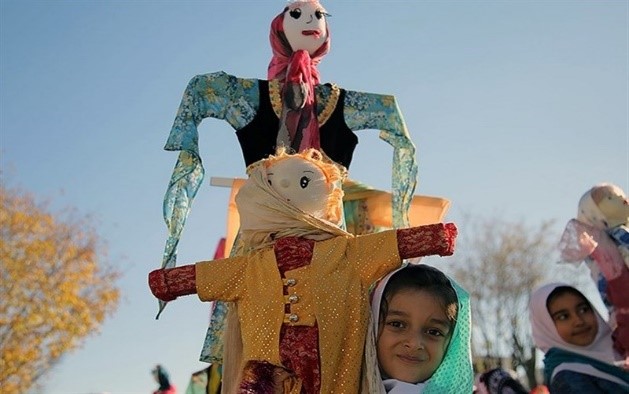
"Buke Baran" Ceremony in Kameran, East Kurdistan; Photographer unknown
Despite most indigenous traditions, modern theater in Kurdish only appeared at the beginning of the 20th century. A Kurdish drama was first mentioned at the Columbia World's Fair in Chicago in 1893. The Ottomans participated in the exhibition with the theater “Turkish Village Complex”, which was supposed to reflect the diversity of the Ottoman Plateau. In Ottoman culture, there was a Kurdish drama performed in Arabic by Christian, Arab, and Greek actors (Sarikaya, 2012). The drama “Kurdish”, directed by a Christian Arab, used scenes such as the theft of women and skilled Kurdish fighters to portray an aspect of Kurdish life from the perspective of non-Kurdish non-Muslim Ottomans.
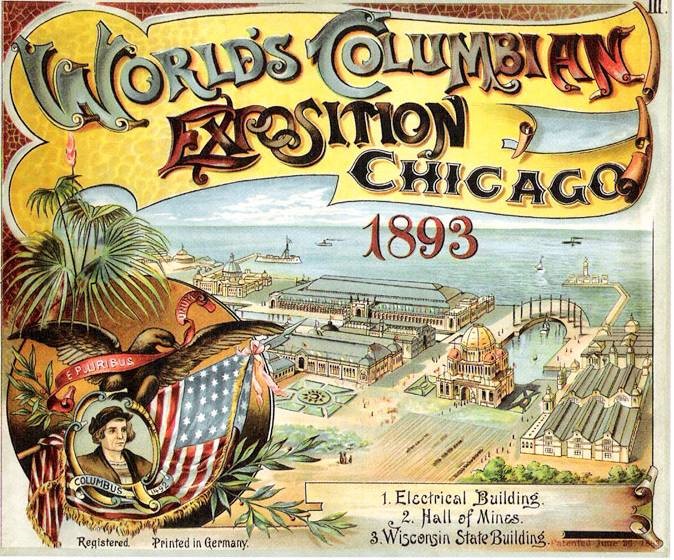
Poster of the first Chicago World’s Fair – 1893
The first play in Kurdish was performed in Istanbul in 1919 when Abdulrahim Rahmi Hakari (1958-1890) was publishing his two-actor play Mame Alan in the magazine Zhin; this play does not have much in common with Mam and Zin, the most famous Kurdish romance. The story of Mame Alan may have taken place during the Crusades when the Europeans were trying to take Jerusalem from Salahaddin. In the Hakari play, Mam leaves his mother and wife and joins the forces of the Hakari prince, who has ordered jihad in support of Salahaddin. After a long absence, Mam, who has changed a lot, returns from the war and comes back to his wife. Mam's mother, who is unaware of her son's return, stabs her in the chest with a knife when she comes home and sees her daughter-in-law with a man she does not know. Hakari seems to have used Kurdish oral tradition, especially the narrative of Mame Abbasi, to write this play. In a brief description of the play, Hakari writes: “Kurdish theater shows the virtues of the Kurds”. The virtues depicted in the play by Mam, his mother, and his wife are pride, love for the country, religion, and family. The feelings towards the Kurds and Islam that are characteristic of Mame Alan reflect the hope of the Kurds to be officially recognized as a nation after World War I. This is particularly evident in the glorification of Salahaddin Ayubi, the Kurdish Muslim leader who was defined by early Kurdish nationalists as a national hero.
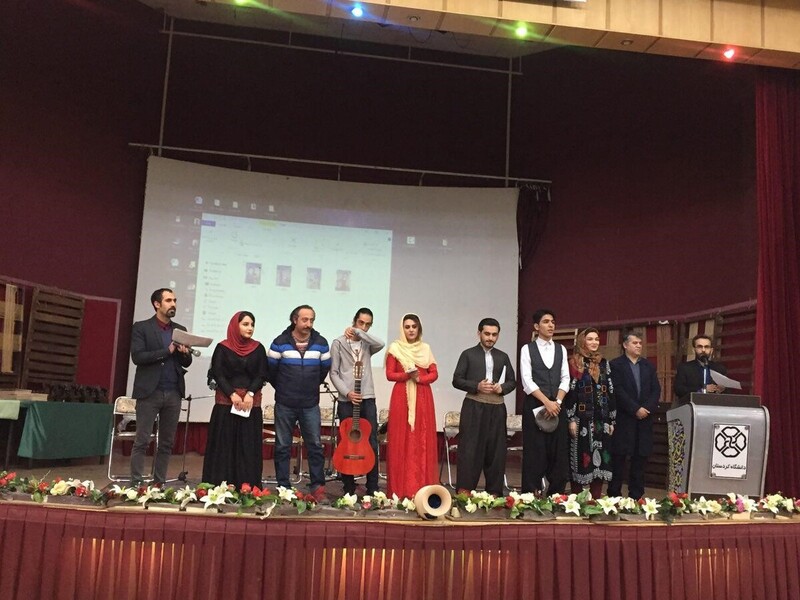
Celebrating the 100th anniversary of the first Kurdish play, Kurdistan University, Vagard Presentation of the play "Mame Alan"
The Kurdish dream of independence was soon shattered, as the prosperity of the Ottoman Empire had caused the fragmentation of Kurdistan and the Kurds were divided into newly created countries in the Middle East. This followed decades of linguistic killing, ethnocide, and genocide and was an obstacle to the development of Kurdish culture. This is despite the fact that the centralist policies of Iran, Syria, and Turkey were aimed at aggressively assimilating and suppressing the Kurds. Kurds in Iraq, the south, and the Soviet Union gained more freedom to create authentic Kurdish theatre.

Painting of"Mam and Zeen", painter unknown

